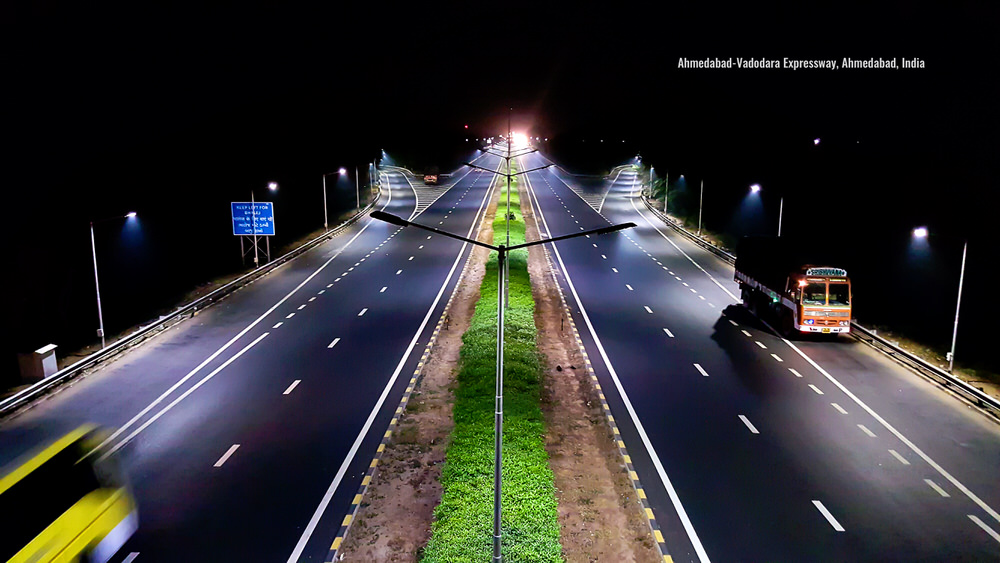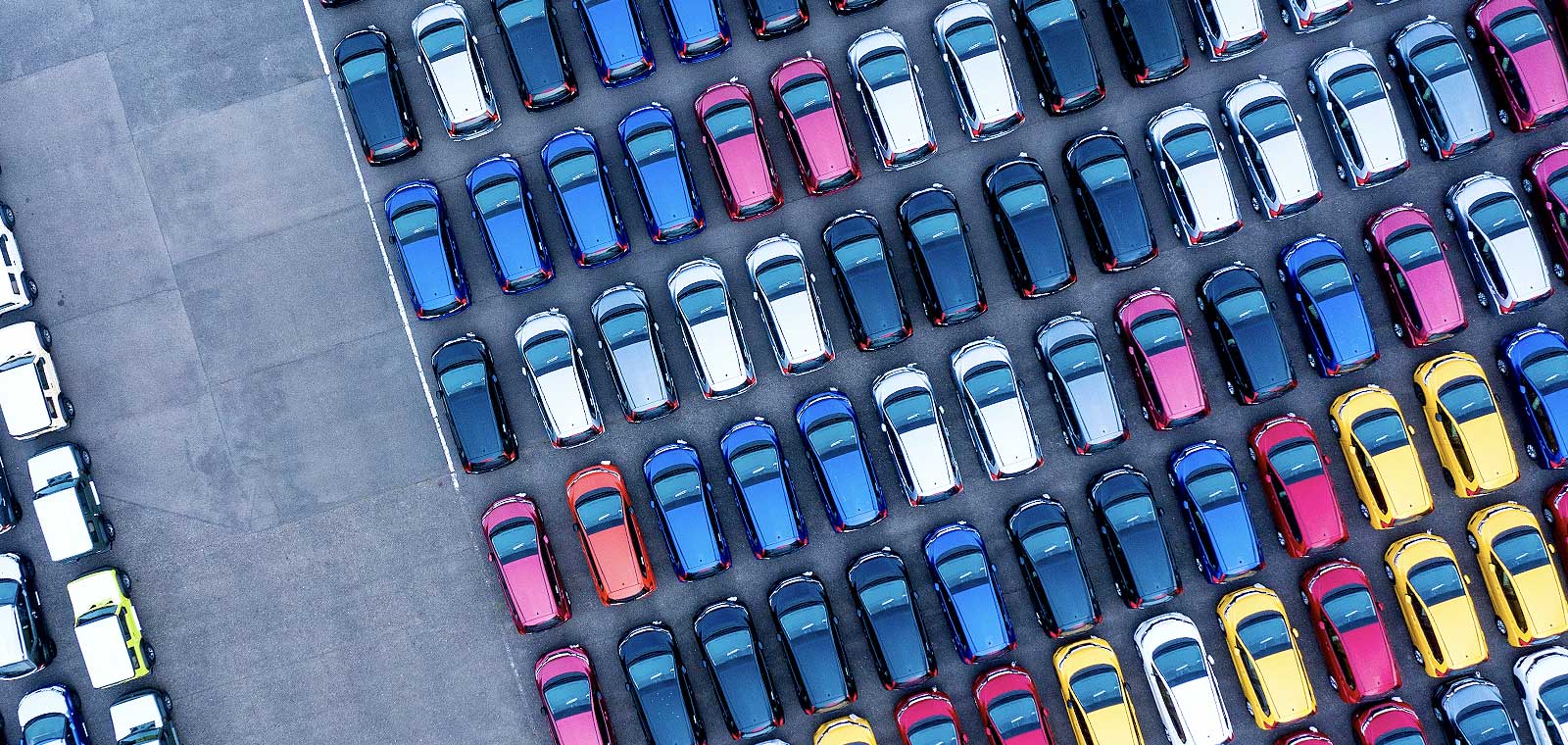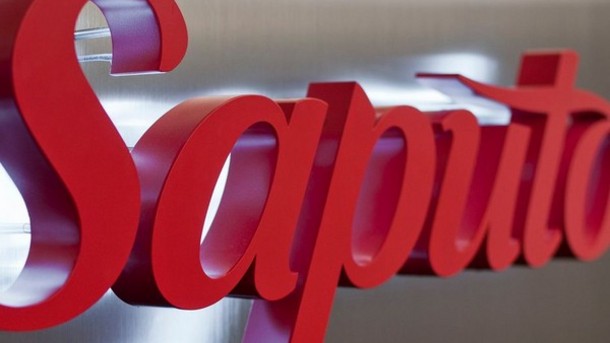by Shamaila Khan, AllianceBernstein
Shamaila Khan: Mo, so what do you think are the prospects for India? That’s an important growth engine in Asia. And do you think that there is a possibility that it could be a driver of growth the same way China was?
Mo Ji: I think it’s better [that] we put it into a historical perspective. Before 1980, the 400 years, India and China [had] enjoyed [a] similar size of GDP. But ever since 1980, China has accelerated in its economic growth. Where, you see, China has [adopted] a very different model from India. China is an authoritarian system, central-government controlled, meaning, they’re very quick and fast in decision-making—especially when economic crises arise. They are very gradual, very pragmatic, and the system they built is very stable.
But India is adopting [a] democracy system—and a “noisy” democracy. But even in a stable democracy, we know, there’s a problem in terms of wealth redistribution.
So, these are the fundamental hurdles preventing India to develop as fast as China. But going forward, how to reshape—release—the growth potential for India? It has to come from labor productivity growth, from the capital productive growth and also the total effective productive growth.
Where we think India can replicate the Chinese model is investing on the real infrastructure projects, by recycling all the surplus labor—where India can certainly enjoy higher growth as China for the next decade or two decades. That will contribute big to global growth.
Shamaila Khan: Well that’s an important opportunity for global financial markets. That’s important to monitor. Thank you, Mo.
Mo Ji: Absolutely!
This post originally appeared at the AllianceBernstein blog
Copyright © AllianceBernstein













